Why does the indoor rose not bloom and how to fix it?
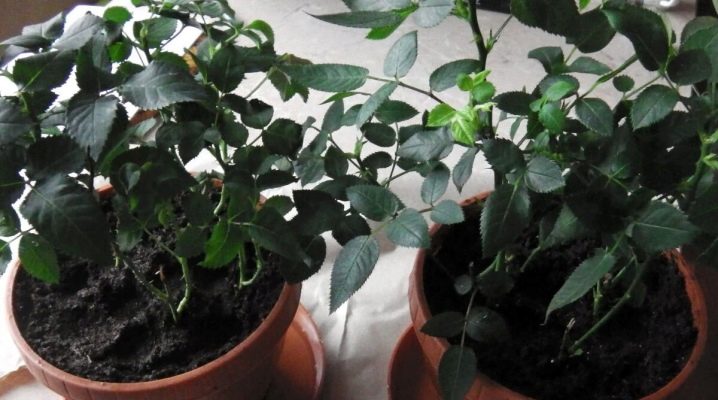
If the indoor rose does not bloom, it is necessary to sort out all possible variants of the causes and eliminate them. Usually they are limited to a small list, they are all typical and many are completely reversible.

Diseases and pests
In terms of the frequency of occurrence, the attack of pathogens on the rose is the main reason for the lack of flowers. And all because it is not easy for a rose to take root in indoor conditions, yet they are not entirely characteristic of it. A plant weakened by the lack of natural evolutionary immunity is easier to attack by pests and fungi.
And if there is also dry air in the room, diseases of the rose are practically guaranteed.
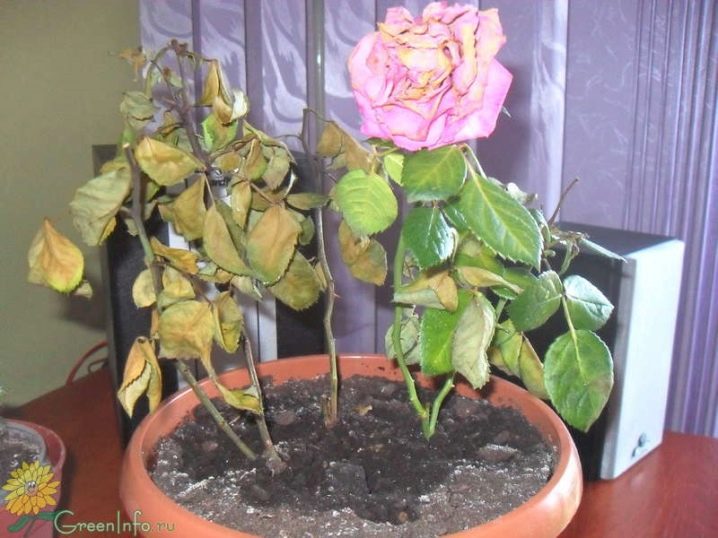
The sources of damage are as follows.
- Spider mite. Almost all gardeners know this enemy "by sight" by bitter experience. And, alas, it is not always detected immediately. It appears at the bottom of the leaves as a small red dot. If the shoot is young, then the white dots on it are most likely larvae. It is necessary to treat the rose with "Fitoverm", "Akarin", "Vertimek" or other preparations of similar action. And so that the tick does not attack, it is necessary to maintain optimal humidity in the room.
- Shield, false shield. They resemble brown plaques. It is necessary to fight in the same way as with a spider mite. You can also remove it manually, but it is difficult and time consuming. However, manual cleaning is often combined with the same Fitoverm.
- Rose aphid. Already from the name it is clear that this pest "specializes" in roses. Light green insects reproduce phenomenally quickly. With a draft, it is easy for them to get into the house, they move with the help of purchased plants, they can enter the room on a walking dog. You need to fight them with insecticides, as well as mustard powder or soapy water with the addition of garlic.
- Powdery mildew. People also often encounter such a grayish bloom. If it appears on the plant, all affected parts must be removed. The flower is treated with fungicides. Dew appears more often with temperature drops.
- Viruses. More often they appear as stripes or spots of predominantly yellow color. By some geometricity of the picture, it will be clear that this is a virus. It is impossible to cure, everything affected must be removed. Sometimes, unfortunately, the whole flower, because it can infect the neighboring ones.
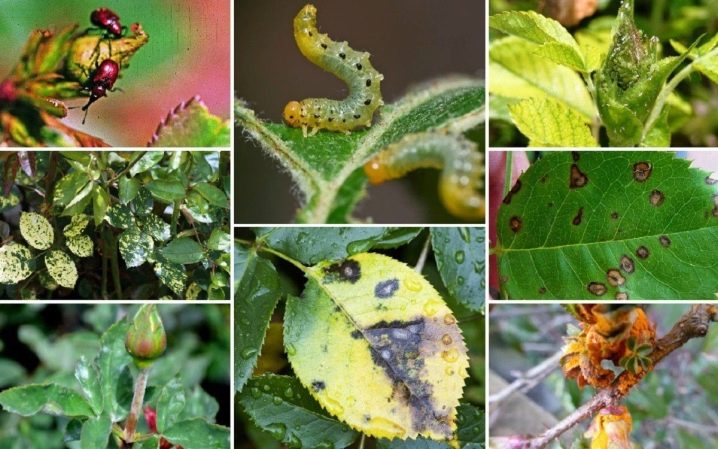
So that diseases and pests do not become the reason for the lack of flowering, you need to organize competent care for the rose. First of all, it is the level of humidity and temperature. As means for preventive spraying, you can use "Zircon" and "Epin".
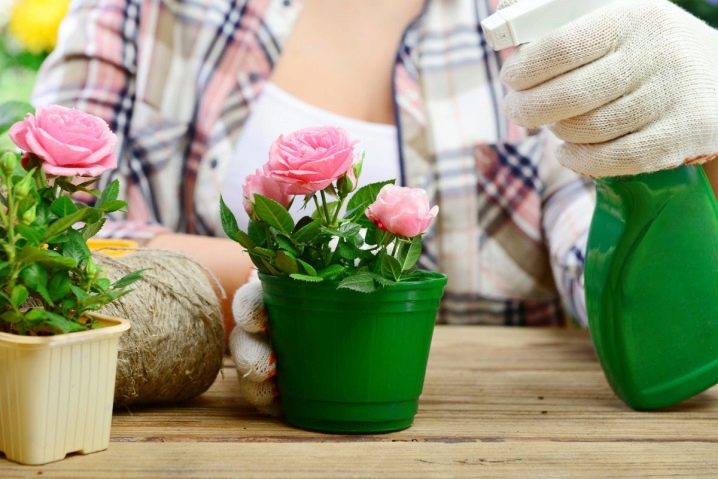
Climate
In a draft, the rose reacts sharply to temperature changes. If there is no place in the apartment where this draft is hardly felt, you can install some kind of protective fence, at least half the height of the plant.
To solve the problem of dry air, you can organize a rose shower. Once a week is enough, the leaves should be rinsed abundantly, the pressure should be weak, the water should be comfortable. Better to have a shower in the evening.
You can also buy a humidifier, only phytodirectional. Because the rose likes humidity of 70-85%, but for a person it is too high. This means that local moisture will be better.
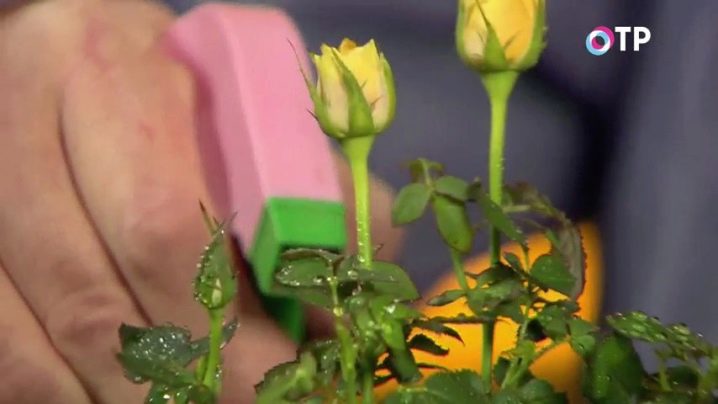
It is also worth remembering that roses do not bloom well in the heat. The process of photosynthesis will definitely slow down at + 28 ° C, the plant will consume moisture solely for the purpose of cooling. If the summers are hot, flowering problems may arise.It would be nice to maintain optimal temperature during the budding period, even though it is troublesome. The main thing is not to make things worse: on a hot loggia and balcony, whose windows face the southeast, the rose will be at a temperature of + 30 ° C for most of the day.
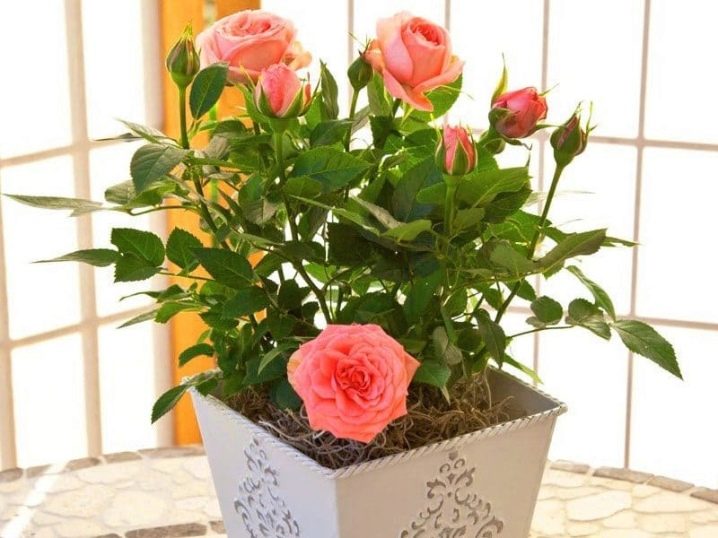
Lack of fertilizer or overfeeding
It works both ways, and sometimes overfeeding is even more dangerous. If the leaves of the plant along the central vein become pale, the young leaves are abnormally light, and even fall off, and the shoots are short, then the plant has little nitrogen. There probably won't be any flowers. Need foliar feeding. If yellowing appears between the veins, it means that chlorosis (lack of iron) has formed. If the veins themselves have turned yellow, it may be due to a lack of potassium. And phosphorus deficiency can be seen in yellowish spots with a burgundy tint.
But the excess is even worse than the lack: if you overfeed the rose, the soil will become saline. The dosage of fertilizers should not deviate from the norm, it is even better to slightly reduce the concentration. Before sending the fertilizer into the soil, you need to slightly moisten the substrate. A sign of overfeeding will be an abundance of greenery (too much nitrogen). Poor growth, lack of flowering is also a consequence of overfeeding.
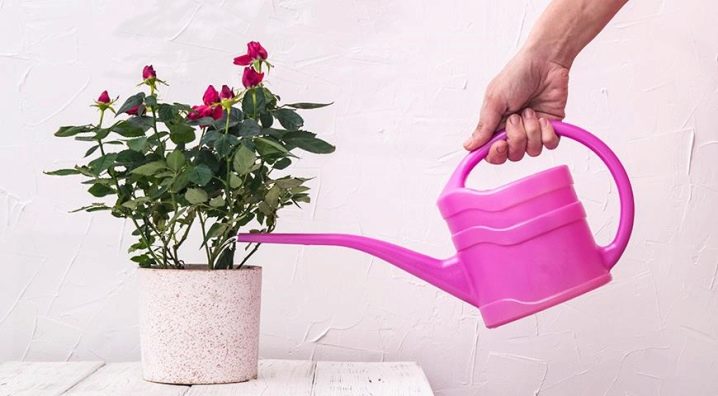
Lack of light
The rose is considered a very light-loving plant and it is impossible to make it bloom in the dark. But in order for the rose to bloom, you do not need to put the plant near the window that faces south: in the summer it will be very hot for the flower there. And in the heat, as already noted, the home rose does not bloom.
The western and eastern windows are suitable for growing roses in a pot. In the northern window, the forecast for good flowering is unlikely.
True, there is a way out - artificial lighting. Roses bloom well under artificial light. The length of daylight hours is also important: if it is less than 10-11 hours, the flower will need additional lighting. The lamps are turned on and left on until midnight. Just place the light source at a distance of no more than 30 cm to the top of the flowers. And if everything is organized correctly, the rose can bloom even before winter.

Incorrect cropping
How the plant will bloom depends on the strength of the stems. Pruning is needed for all roses: both tea and other varieties of indoor crops. It also promotes lush flowering. But the main thing is that the pruning is timely. It must be carried out in the spring, when the flower has entered the stage of active growth. This will be seen by the swelling of the kidneys. Of course, both the light regime and the observance of nutritional standards are taken into account. With a short daylight hours, the rose will simply stretch out, but the stems will be weak, they will not be able to give any decent flowering scale.
If you tighten it with pruning, the plant will already use up its strength for the growth of shoots, and a new "change of route" will be beyond its strength. In a word, late and useless, such pruning will only tire the plant.


































































































The comment was sent successfully.